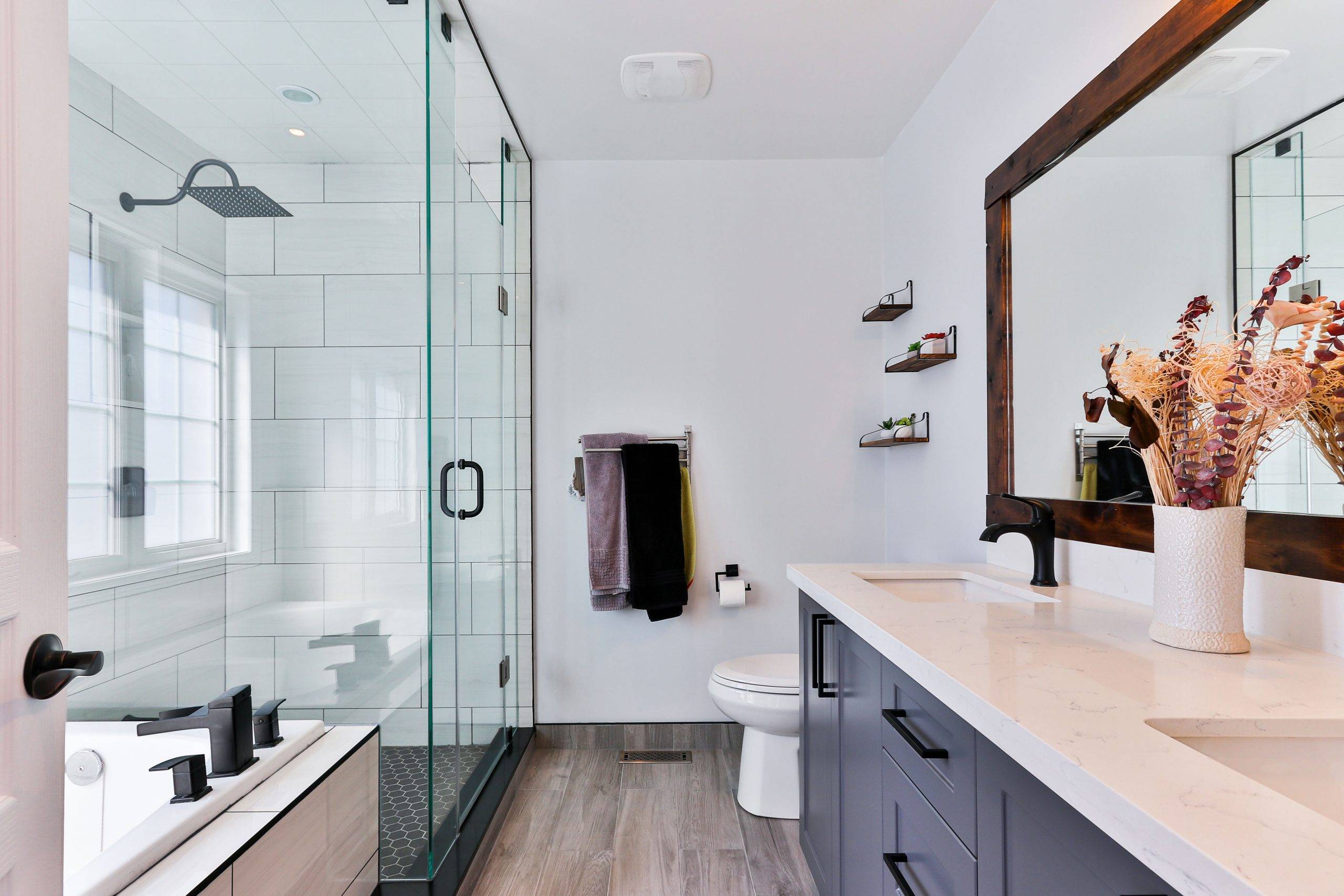
What is a P-trap pipe?
A P-trap pipe is a type of drainage pipe commonly used in plumbing. It is designed to trap liquid and solid waste to prevent it from entering the sewer system. The ‘P’ in P-trap stands for preventer, and the trap is typically located under a sink or other fixture where waste is likely to accumulate. P trap pipe is usually made of PVC or other durable material, and it typically has a curved design that helps to capture waste. To keep the trap working properly, it is essential to regularly clean it out and clear any blockages that may occur. By doing so, you can help to ensure that your plumbing system stays healthy and efficient.
What size should a P-trap drain pipe be?
P-trap drain pipes are an essential part of any plumbing system, as they help to prevent sewer gases and other odors from entering your home. But what size should a P-trap drain pipe be? The answer depends on the size of your plumbing system. For example, if you have a 1/2-inch drain line, you will need a 1/2-inch P-trap. However, if you have a 3/4-inch drain line, you will need a 3/4-inch P-trap. Therefore, it is generally best to use the largest P-trap that will fit your drain line. In addition, it will help ensure that your P-trap works appropriately and lasts many years.
Are P-traps ABS or PVC?
Your kitchen sink probably has a p-trap installed. A p-trap is a u-shaped pipe that helps prevent sewer gases from entering your home and provides a place for water to collect so that it does not drain out of the traps in your fixtures. The most common materials used for p-traps are ABS (acrylonitrile butadiene styrene) or PVC (polyvinyl chloride). Both these materials are durable and easy to work with, but they have different properties that make them better suited for various applications. For example, ABS is more resistant to impact, while PVC is more resistant to chemicals. Ultimately, the best material for your p-trap will depend on the specific needs of your application.
How far can P-trap be from the sink?
The P-trap is an essential component of any plumbing system, and it is vital to ensure that it is installed correctly. One of the most common questions that plumbers receive is how far the P-trap can be from the sink. The answer to this question depends on several factors, including the type of sink and the size of the plumbing system. However, the P-trap should be installed as close to the sink as possible. It will help to ensure that water drains properly and that there is no risk of sewer gas leakage. If you are unsure about the installation of your P-trap, always consult with a licensed plumber.
What happens if P-trap is too deep?
P-traps are installed under bathroom, and kitchen sinks to prevent foul odors and sewer gases from entering the home. A U-shaped curve creates the trap in the drainpipe, which is filled with water. This water forms a seal that stops gas and odor from seeping through the drain. However, if the P-trap is too deep, it can interfere with the proper function of the drain. In particular, it may cause sinkers lodged in the trap, preventing water from draining correctly. Additionally, a too-deep P-trap can make it difficult to clean the drain effectively. As a result, it is vital to ensure that the P-trap is installed at the correct depth to avoid these problems.




